Five animals that could rival virtual CN Tower climbers
For 30 years now, climbers from across the Greater Toronto Area and beyond have tackled the CN Tower’s 1,776 steps in support of nature. This year, due to the outbreak of COVID-19 and closure of the CN Tower, we’ve transitioned the event to a Virtual CN Tower Climb. What does this mean? Whether climbers choose to take 17,760 steps outside for nature or climb their stairs at home 144 times, we’re challenging them to find creative ways to step up for nature.
For some “climb-spiration”, check out these five speedy climbers that also depend on healthy ecosystems, which our supporters are helping WWF-Canada conserve and restore from coast to coast to coast.
Join us on April 4 or 5 at WWF-Canada’s Virtual CN Tower Climb for Nature.
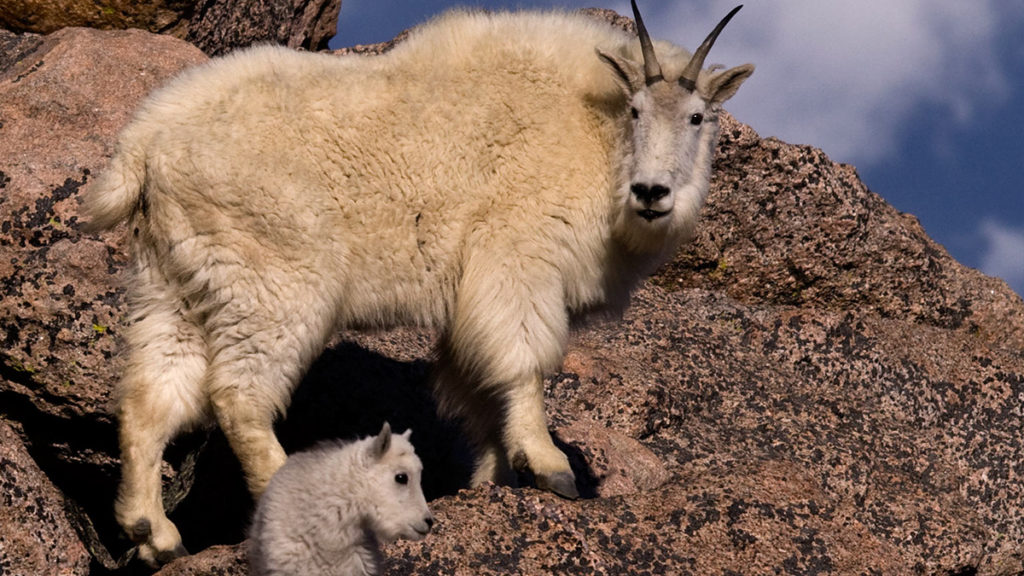
1. Mountain goats
These alpine experts would be tough to beat in any climbing competition. Mountain goats have cloven hooves and rough pads that improve their balance on steep and narrow mountain ledges throughout their (often icy) mountainous habitats. These goats are stocky, with strong leg muscles and heavy, white coats that keep them warm at high altitudes. They’re part of the Bovidae family, which includes other top-notch climbers like bighorn sheep.
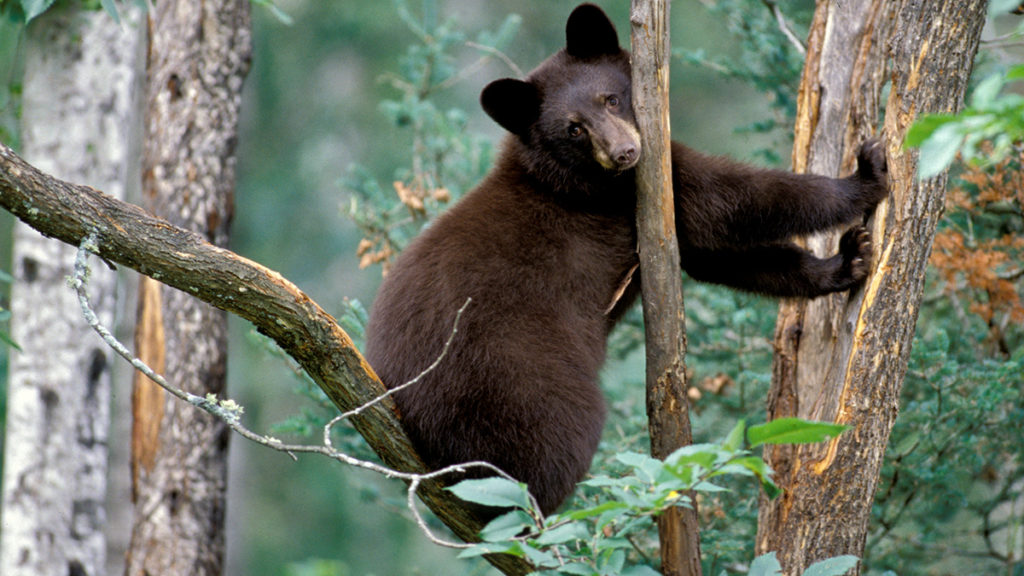
2. Black bears
Black bears are excellent climbers with large claws which serve as strong grips. They spend most of their time foraging for food, especially during the autumn months while they prepare for winter hibernation. Despite their large, lumbering appearances, these bears can sprint up to 56 kilometres per hour and climb a 30-metre tree in about 30 seconds flat — talk about elite climbers!
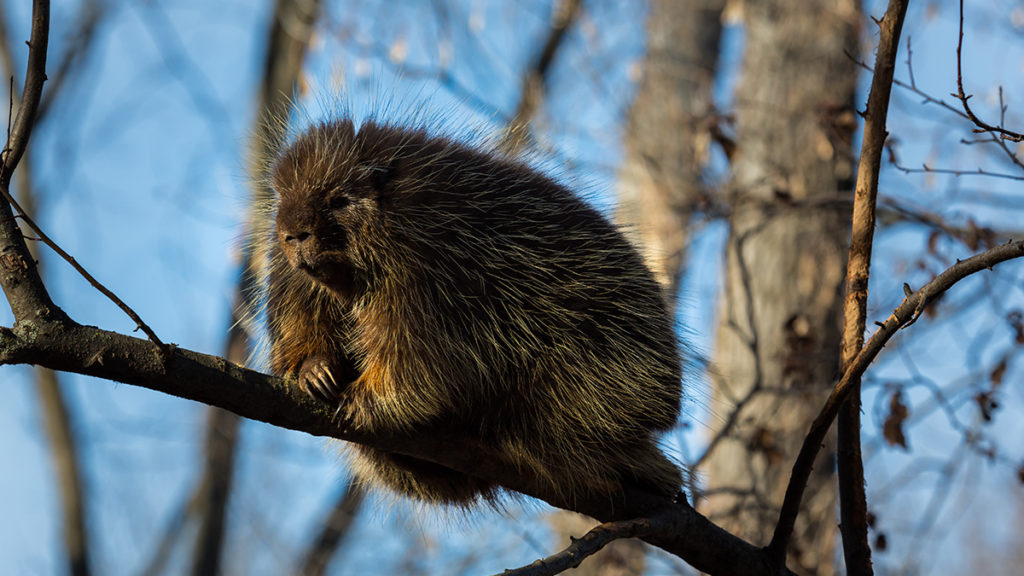
3. Porcupines
They may not be as speedy as bears, but these agile rodents would be prickly Climb competitors. A single porcupine can have over 30,000 quills on its body, which serve as protection in warding off would-be predators. Their offspring, known as “porcupettes,” are born with soft quills that harden a few days after birth. The North American porcupine is the only porcupine species native to Canada. As an arboreal species, they live in trees where they also find their food. They’re very adept at climbing and living high above the ground.
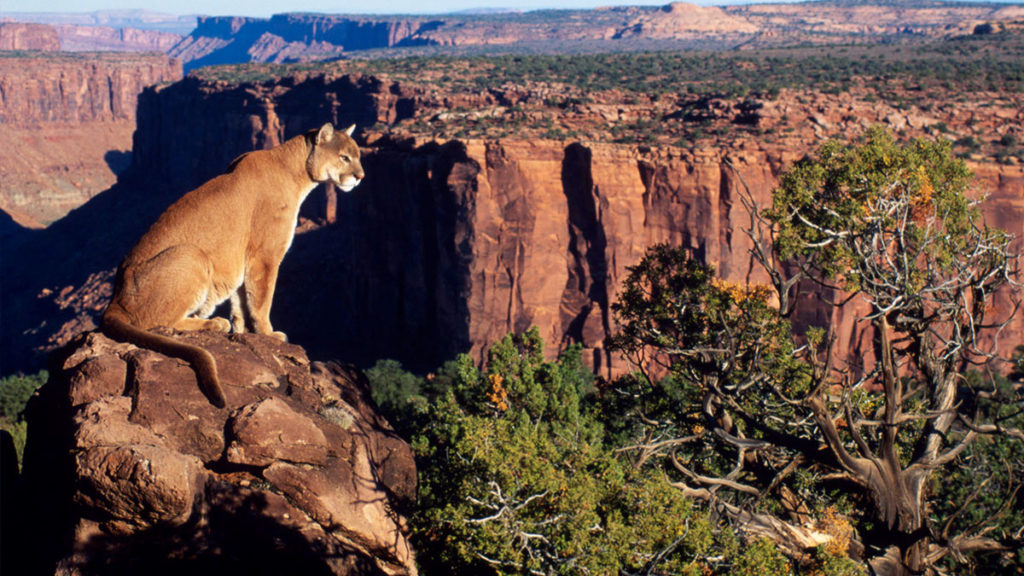
4. Cougars
Cougars, also known as “mountain lions” and “pumas,” can climb over 4.5 metres in a single leap and reach top speeds of about 80 kilometres per hour. These big cats have one of the largest ranges of all land mammals in the western hemisphere — they can be found from the Yukon all the way down to Argentina. As formidable predators with excellent eyesight, hearing and sense of smell, cougars often hunt prey up to four times their own size.
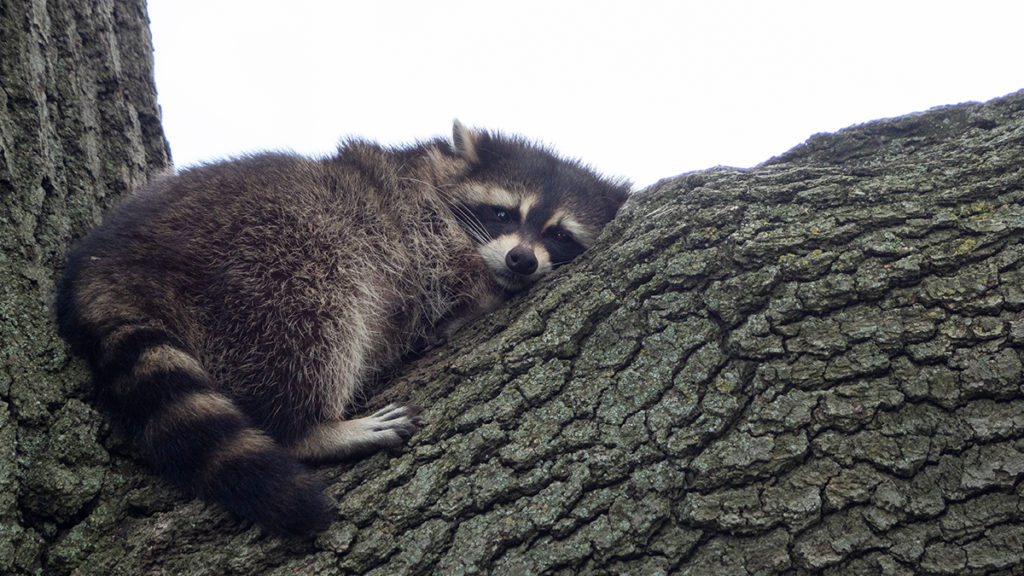
5. Raccoons
These crafty critters can easily climb trees and tall buildings and use their hand-like paws for easy manoeuvring. In fact, these paws come in very handy for other manoeuvres like opening garbage bins and even doorknobs. Their paws are also very sensitive, and raccoons “wash” their food to increase the sensitivity of their paws when examining food sources. As omnivores, these ring-tailed mammals will eat almost anything, which makes urban centres ideal for scavenging food.
So whatever animal inspires you, we challenge you to bring your very best for wildlife at WWF-Canada’s Virtual CN Tower Climb for Nature on April 4 or 5.

